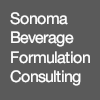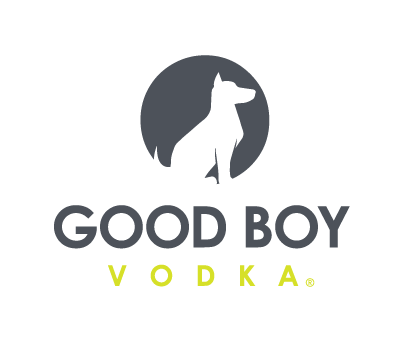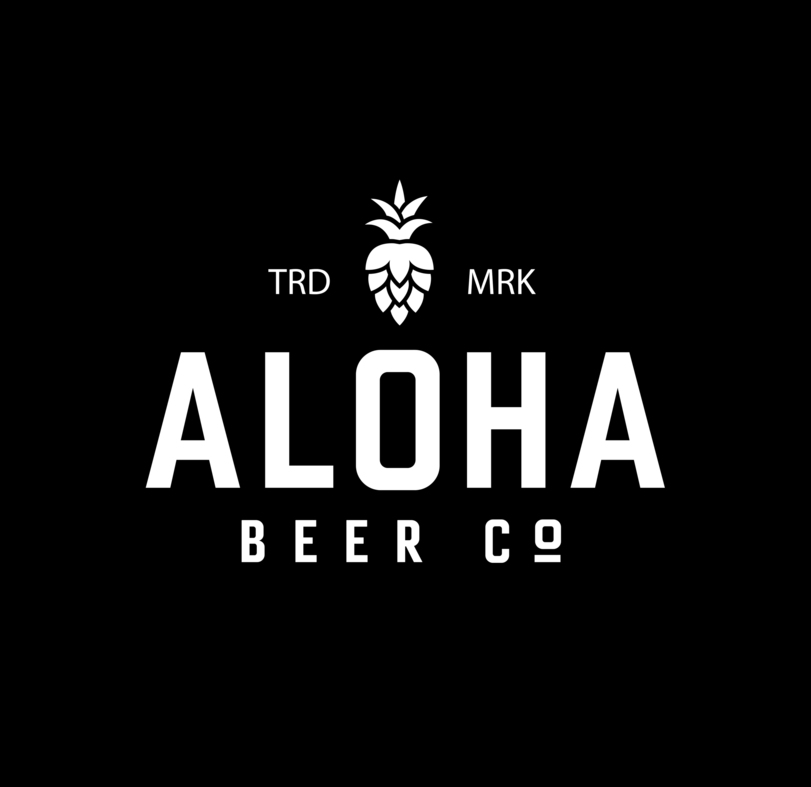Supply Side West 2017: Pea Protein Pushes Ahead
The rise of plant-based proteins has been one of the dominant trends in food and beverage over the last several years, and ingredient suppliers are trying to fill the demand.
While such companies have supplied soy, rice and other types of plant-sourced proteins to food and beverage manufacturers for years, it’s only recently that pea protein has risen to prominence. The ingredient has become popular, in part, because of brands such as non-dairy milk brand Ripple and Beyond Meat, which uses pea protein in its meatless burgers. At Supply Side West 2017, held at the Mandalay Bay Convention Center in Las Vegas from Sept. 26 – 28, BevNET spoke to several companies working in the space about the state of the market for pea protein, what’s driving new innovation on a supplier level, and both the opportunities and challenges that lie ahead.
State of the Market
Though ingredient suppliers have been working with the crop for years, peas as a source of plant-based protein is on a strong upwards trajectory. Recognized for its nutritional value and sustainability as a crop, the global pea protein market is projected to grow 13.5 percent per year in volume through 2023, according to date from Global Market Insights.
While there had been beverages that used pea protein in the past, it’s the early success of Ripple Foods that has helped open the doors for a recent boom in pea protein-based beverages. Using a technology that helped render the protein molecule while helping cut away the oftentimes off putting dry taste of the ingredient, Ripple has raised more than $44 million in funding from Silicon Valley investors such as Google since launching in 2014, and has expanded from the natural channel into the conventional retailers like Target. According to Bloomberg, Ripple has sold 2.5 million bottles of product and brought in over $20 million in revenue. As cow’s milk sales are projected to continue falling, other brands are taking notice of the burgeoning market; last month, Bolthouse Farms, a subsidiary of Campbell’s Soup, announced the launch of a non-dairy plant milk that contains 10g of pea-protein per serving. Even CytoSport, whose whey-based Muscle Milk helped create and define the protein beverage category, shifted to a plant-based alternative with Evolve, a new line of ready-to-drink shakes and powders made with pea protein.
In food, pea protein has become a more prominent ingredient as brands pivot towards meat-free products. Beyond Meat rolled out its pea protein-based Beyond Burger to over 600 Kroger stores in July.
Industrial scale ingredient manufacturers are eager to continue scaling pea protein production. Last month, French corporation Roquette celebrated the groundbreaking of a new pea protein manufacturing plant in Canada, which is expected to have a processing capacity of over 120,000 tons per year. “This represents a major step in our development strategy in North America and in the plant protein business,” said CEO Jean-Marc Gilson in a statement.

Driving Innovation
To move pea protein from fringe to mainstream, suppliers have had to handle several key challenges relevant to both food and beverage applications.
In discussions with companies exhibiting at Supply Side West, improving product dispersibility was a consistent theme. Glanbia Nutritionals first showcased BevEdge, a particle dispersion technology that allows pea protein to dissolve instantly, at the Institute of Food Technology (IFT) show in June in Las Vegas. Linda Wilson, senior director of product management at Glanbia, explained that its customers are increasingly seeking fast dissolving solutions, particularly in the beverage industry, where undissolved protein residue can leave a gritty mouthfeel.
“It’s about the ease of use — not getting foaming when you are using it and all those types of things,” she said. “It’s a combination of ease and convenience and being able to put this product in and have it instantly do what you want it to do is a big deal.”
Improving dispersibility starts at the beginning of the supply chain with where and how ingredient manufacturers source their crops, which are predominantly yellow peas. The plants can be affected by contact with oils and certain enzymes which can cause undesired reactions when protein is extracted, making harvesting, transportation and storage all the more important.
“Every step is more important now; even water sources is a big thing,” said Richard Ray, sales manager and brewing sciences specialist at Axiom Foods, which sources its yellow peas from Canada. He praised the Food Safety Modernization Act for pushing closer collaboration and greater accountability between suppliers and farmers, which translates into a stronger position when talking to vendors. “In the past, close enough was OK. Now, because the consumer is more demanding, there’s more of an impetus on us to do a better job. We’re understanding the chemistry a lot better in terms of why we are doing things, how we are doing things, and making advancement in some of the milling. As we’ve learned over the years, you have to go back further and further in the supply chain to really manage the product.”
However, as with almost all food and beverage ingredients, taste and flavor remain the primary indicators for success. In the case of pea protein, the goal is to create as neutral a flavor as possible, which reduces the need for flavorings and masking agents. The trick is for brands to make improvements in those areas while working within the parameters of maintaining a clean ingredient profile and non-GMO requirements, which can be a painstakingly slow process.
“Flavor is a big issue across the industry,” said Maggie Harding, sales manager at food ingredient supplier The Scoular Company, which makes an 85 percent pea protein isolate. “Pea milks are an up and coming beverage and you need something very clean that will fit into that. There’s not a lot of other ingredients and everyone is trying to go clean label, so being able to work with flavor is probably the biggest thing.”
Looking Ahead
As pea-protein suppliers are able to improve the taste of their products, they may also be spurring more disruption in the industry. Ray said that Axiom’s work in developing its pea protein products has made them less dependent on flavorings and masking agents, which subsequently could allow for manufacturers to use fewer ingredients and lower its cost of goods. Besides tweaking thickness and other physical characteristics, the pea protein can also work as a gum replacement in certain aspects for beverages or as a meat extender in food, as with the company’s Vegotein MA product.

Despite that, companies such as Solvay, which sells vanillin as a masking agent for pea protein manufacturers, still see a long runway ahead for working with the ingredient. Edouard Janssen, vice president-general manager for aroma performance in North and Latin Americas, explained that as ingredient companies are able to refine protein to higher purities, flavor would become even more of an issue. And as pea protein goes from niche fitness products into mainstream CPG, consumers will be less willing to compromise on taste. “We need to adjust our product to the quality we see in the market,” Janssen said of working with rapidly escalating range of pea protein ingredients. “The new challenge for us is to address these new grades of pea proteins and improve the taste.”
“Quite a lot of the companies we work with tell us that the off notes are actually a limit to their growth. The fact that we can bring solutions to them allows them to capture more growth potential,” said Jean-Pierre Cuif, global formulation business manager for aroma performance at Solvay. He noted that in helping mask certain flavors and create an overall more neutral taste profile, Solvay’s vanillin products free manufacturers that use pea protein to use flavors to make their product taste like something, rather than not like something. “There can be a more direct application of flavors,” he said.
The importance of recognized certifications has grown as large CPG corporations look to explore pea protein-based products. Kay Abadee, VP of marketing at Axiom, noted that bigger companies were looking particularly for pea proteins with Generally Recognized As Safe (GRAS) certification from the U.S. Food and Drug Administration (FDA). In terms of organic certification, the demand is less certain. Though Glanbia, Axiom, Nutria and others all offer organic varieties, the time and expense required to convert conventional farms to organic is steep, which translates to a significantly more expensive final product.
“There are just fewer organic peas on the market,” said Harding. She estimated that the price of the company’s organic pea protein was about double that of conventional. “As demand grows there, farmers will grow more organic peas. But there’s a little bit of an issue there.”
According to Abadee, the high demand coming from manufacturers for organic pea protein has spurred questions of legitimacy over certification claims.
“That’s been one of our things — how can you sell organic for that cheap when we know how much it costs to farm organically?,” she said. “The farmer has to grow organic for three years prior to getting certification, so they have to undergo the cost but can’t charge for it. They are eating all this money, where is the payoff to convert? And how can a finished ingredient supplier provide an organic product that costs the same or similar to conventional? It’s physically impossible for them to stay in business or make any profit if that’s truly organic.”
Wilson said that organic pea protein was a growing segment of Glanbia’s interest in the space, noting specifically interest coming from large, mainstream customers. “I anticipate that the ratio will probably be one-third organic, two-thirds conventional moving forward,” she said. “Ratios will change, but it will all be on a growth trajectory.”
Whether natural or organic, producing commercial quantities of pea protein is a challenge for suppliers in the space. Compounding the issue is the massive amount of byproduct — in this case, pea starch — that is left over once protein is extracted from the plant source. Before ingredient companies can boost production, they have to consider what to do with the waste.
“One of the biggest tipping points [for pea protein] is what the waste material is,” said Ray, noting how whey, a waste product from cheese production, has been successfully monetized. “The tipping point is, as food scientists, we have to find a use for that material and that’s been the biggest hurdle. The waste stream has to be viable as something you can sell; otherwise, the price of your protein is going to be astronomical.”
For Axiom, that means moving primary processing operations to Asia, where a market exists for pea starch, a commonly used ingredient in noodles. Glanbia, which first processes its peas in China, sells its pea starch to a manufacturer that uses it as a base material for growing mushrooms. Unlike rice protein, which has a variety of useable waste byproducts like fibers and oils, peas are more limited in their application. Innovating new uses for the waste stream could be key to unlocking more domestic production of pea protein, according to Abadee.
“That is the reason why you haven’t seen an influx of pea protein factories being built in the U.S. yet,” she said. “There is not yet a market for the byproduct.”

















